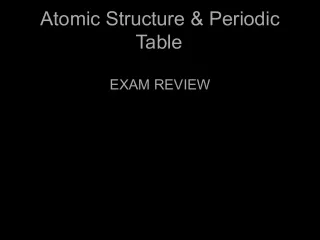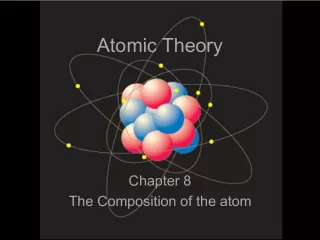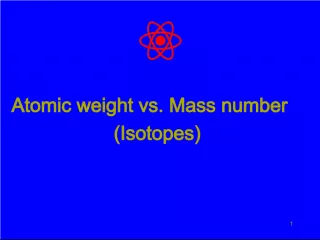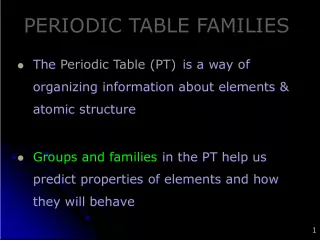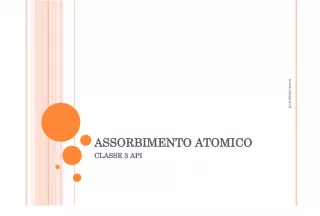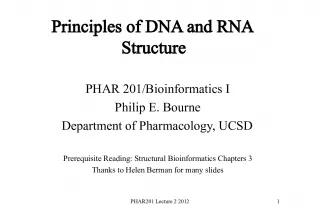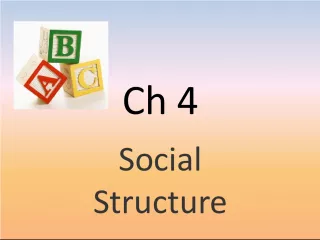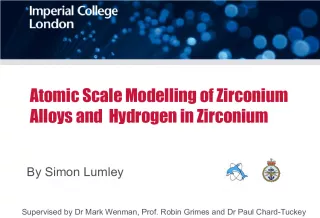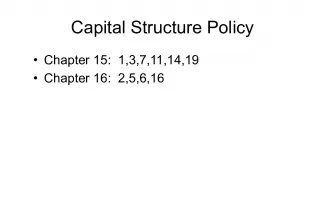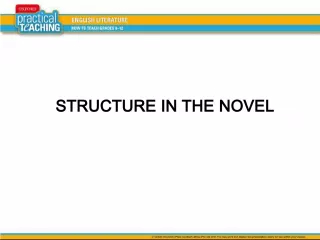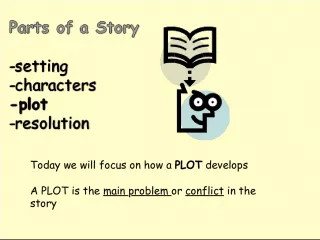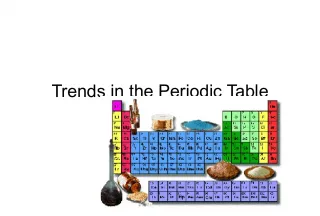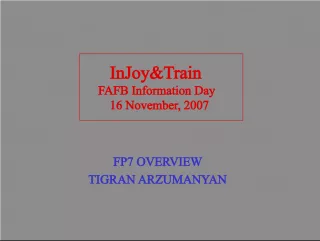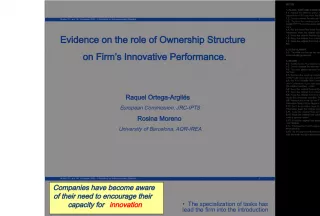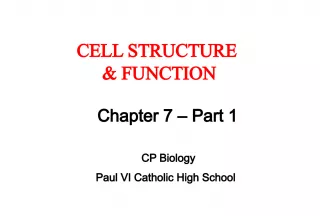Atomic Structure
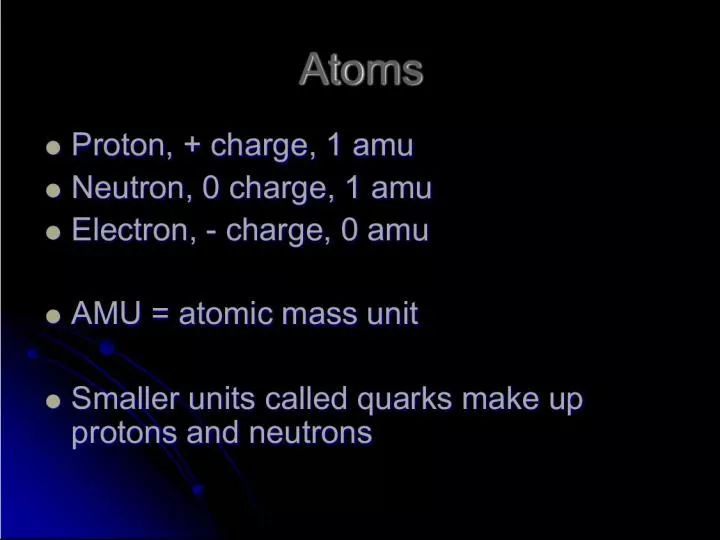

This slide provides information on the fundamental particles that make up an atom: protons, neutrons, and electrons. Protons have a positive charge and weigh 1 atomic mass unit (AMU), while neutrons
- Uploaded on | 6 Views
-
 polyan
polyan
About Atomic Structure
PowerPoint presentation about 'Atomic Structure'. This presentation describes the topic on This slide provides information on the fundamental particles that make up an atom: protons, neutrons, and electrons. Protons have a positive charge and weigh 1 atomic mass unit (AMU), while neutrons. The key topics included in this slideshow are . Download this presentation absolutely free.
Presentation Transcript
Slide1AtomsAtoms Proton, + charge, 1 amu Proton, + charge, 1 amu Neutron, 0 charge, 1 amu Neutron, 0 charge, 1 amu Electron, - charge, 0 amu Electron, - charge, 0 amu AMU = atomic mass unit AMU = atomic mass unit Smaller units called quarks make up protons and neutrons Smaller units called quarks make up protons and neutrons
Slide2Atomic Structure Atomic Structure There are 4 main energy levels around an atom where electrons are found. They are divided into sublevels called orbitals, each orbital holds 2 electrons. There are 4 main energy levels around an atom where electrons are found. They are divided into sublevels called orbitals, each orbital holds 2 electrons. S = 1 orbital = 2 electrons S = 1 orbital = 2 electrons P = 3 orbitals = 6 electrons P = 3 orbitals = 6 electrons D = 5 orbitals = 10 electrons D = 5 orbitals = 10 electrons F = 7 orbitals = 14 electrons F = 7 orbitals = 14 electrons
Slide3Atomic Structure Atomic Structure 1 st energy level = s = 2 electrons 1 st energy level = s = 2 electrons 2 nd energy level = sp = 8 electrons 2 nd energy level = sp = 8 electrons 3 rd energy level = spd = 18 electrons 3 rd energy level = spd = 18 electrons 4 th energy level = spdf = 32 electrons 4 th energy level = spdf = 32 electrons
Slide4Atomic Terms Atomic Terms Element, matter made up of all the same atoms Element, matter made up of all the same atoms Mass Number, sum of protons and neutrons in the atom Mass Number, sum of protons and neutrons in the atom Atomic Number, number of protons, always a whole number Atomic Number, number of protons, always a whole number Atomic Mass Number, the average of all the isotopes of an element Atomic Mass Number, the average of all the isotopes of an element
Slide5Atomic Stuff Atomic Stuff Four Fundamental Forces that work in an atom. Four Fundamental Forces that work in an atom. 1.) Electromagnetic Force, keeps electrons around the nucleus 1.) Electromagnetic Force, keeps electrons around the nucleus 2.) Strong force, holds the nucleus together 2.) Strong force, holds the nucleus together 3.) Weak Force, radioactivity, 3.) Weak Force, radioactivity, 4.) Gravity, responsible for atomic interactions 4.) Gravity, responsible for atomic interactions
Slide6More Atomic Terms!! More Atomic Terms!! Isotope, atoms of the same element with a different number of neutrons, usually radioactive. Isotope, atoms of the same element with a different number of neutrons, usually radioactive. Substance, matter that has the same properties throughout, could be an element or compound. Substance, matter that has the same properties throughout, could be an element or compound. Compound, substance made up of two or more elements. Formulas are used to represent compounds, H 2 O, CO 2 Compound, substance made up of two or more elements. Formulas are used to represent compounds, H 2 O, CO 2
Slide7Periodic Table Periodic Table Created by Dimitri Mendeleev, Russian, 1869, he organized atoms according to their atomic weight Created by Dimitri Mendeleev, Russian, 1869, he organized atoms according to their atomic weight Henry Moseley, British, 1914, rearranged the table by atomic number, currently used today. Henry Moseley, British, 1914, rearranged the table by atomic number, currently used today. Groups or families, each vertical column, they have similar properties and the same number of valence or outer electrons Groups or families, each vertical column, they have similar properties and the same number of valence or outer electrons
Slide8More !?!? More !?!? Periods or rows, horizontal rows in the table, each row has the same number of energy levels Periods or rows, horizontal rows in the table, each row has the same number of energy levels Each chemical is represented by the first or first two letters in the elements name, the first letter is always capitalized. Each chemical is represented by the first or first two letters in the elements name, the first letter is always capitalized. Alkali Metals, 1 st column, very reactive metals Alkali Metals, 1 st column, very reactive metals Alkali Earth Metals, 2 nd Column, not quite as reactive metals Alkali Earth Metals, 2 nd Column, not quite as reactive metals
Slide9More and More!?!? More and More!?!? Transition Elements, columns 3-12, typical metals, iron, copper, etc. Transition Elements, columns 3-12, typical metals, iron, copper, etc. Metals, all the elements to the left of the metalloids, conduct heat & electricity, shiny, malleable (beaten and formed), ductile (drawn into wires) Metals, all the elements to the left of the metalloids, conduct heat & electricity, shiny, malleable (beaten and formed), ductile (drawn into wires) Metalloids, diagonal column of elements between metals and nonmetals, they have metallic and nonmetallic properties Metalloids, diagonal column of elements between metals and nonmetals, they have metallic and nonmetallic properties
Slide10Still more Still more Halogens, second to last column of elements, group 17, very reactive gases, halogen means “salt former” reacts with metals to form salts Halogens, second to last column of elements, group 17, very reactive gases, halogen means “salt former” reacts with metals to form salts Noble Gases, last column, unreactive, inert gases Noble Gases, last column, unreactive, inert gases Nonmetals, all elements to the right of the metalloids, do not conduce heat or electricity, dull, brittle, powdery. Nonmetals, all elements to the right of the metalloids, do not conduce heat or electricity, dull, brittle, powdery.
Slide11The end The end Rare Earth Elements, two separate rows at the bottom of the table, called lanthanides and actinides, all the actinides are radioactive. Rare Earth Elements, two separate rows at the bottom of the table, called lanthanides and actinides, all the actinides are radioactive.
